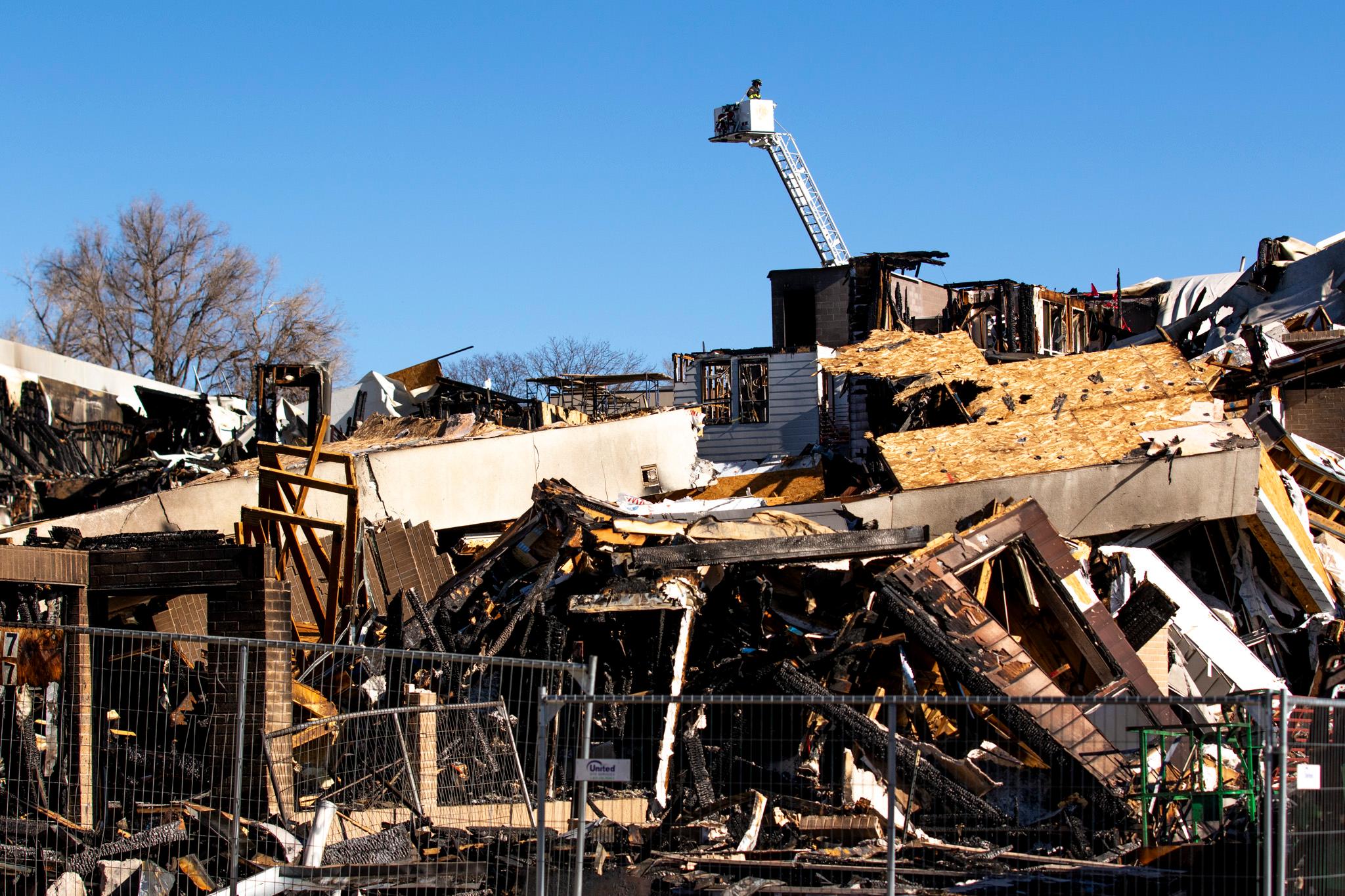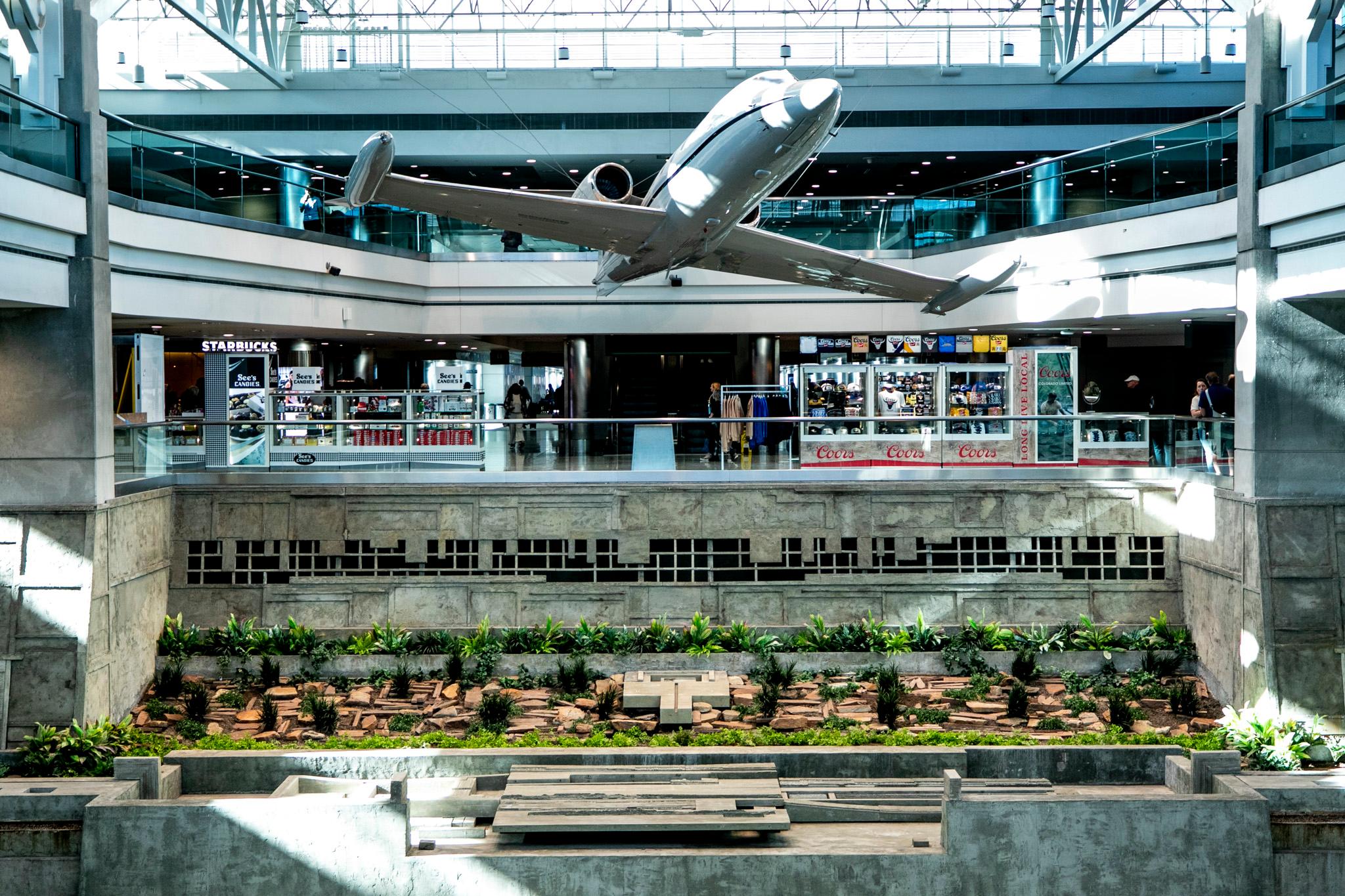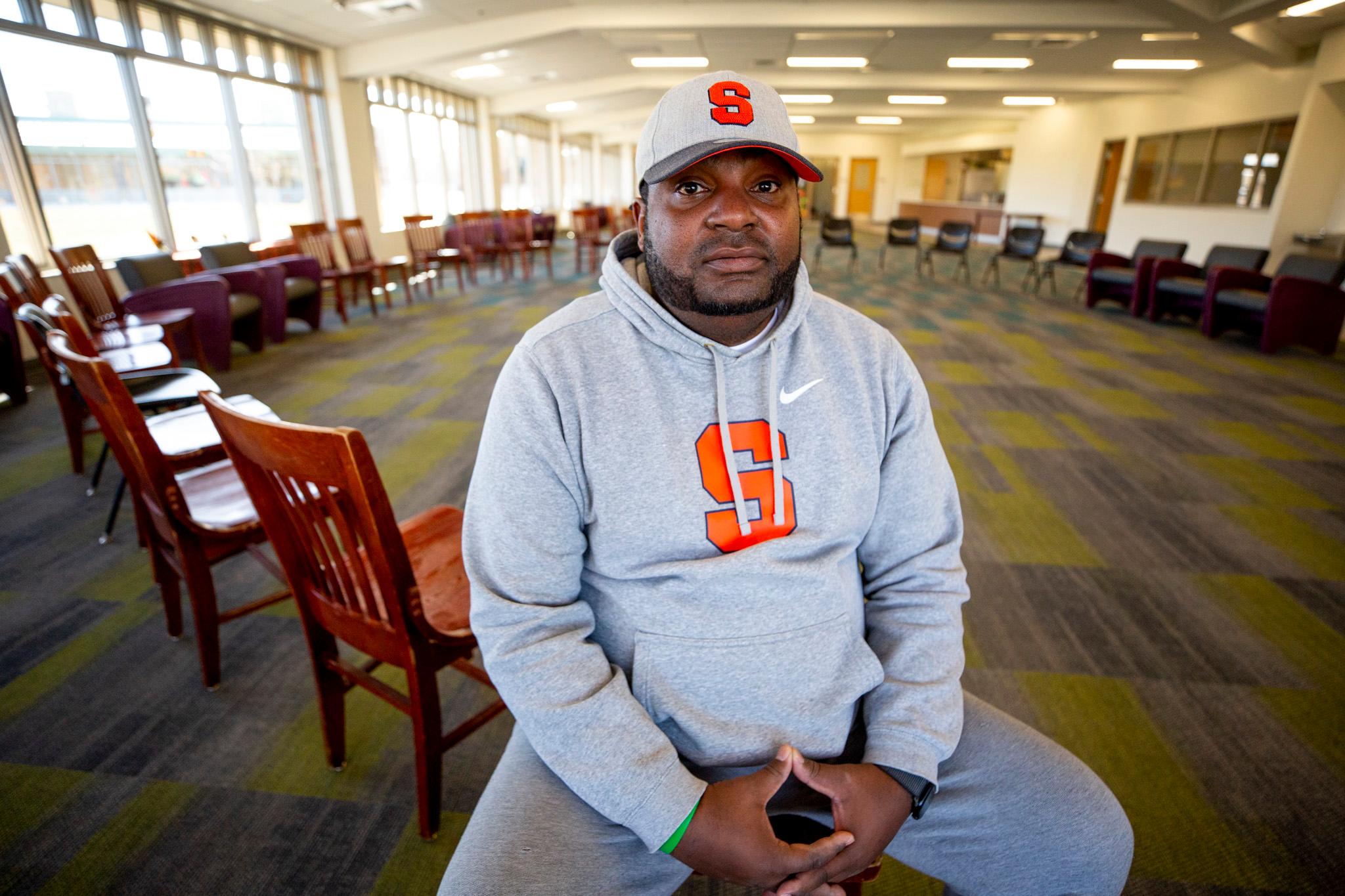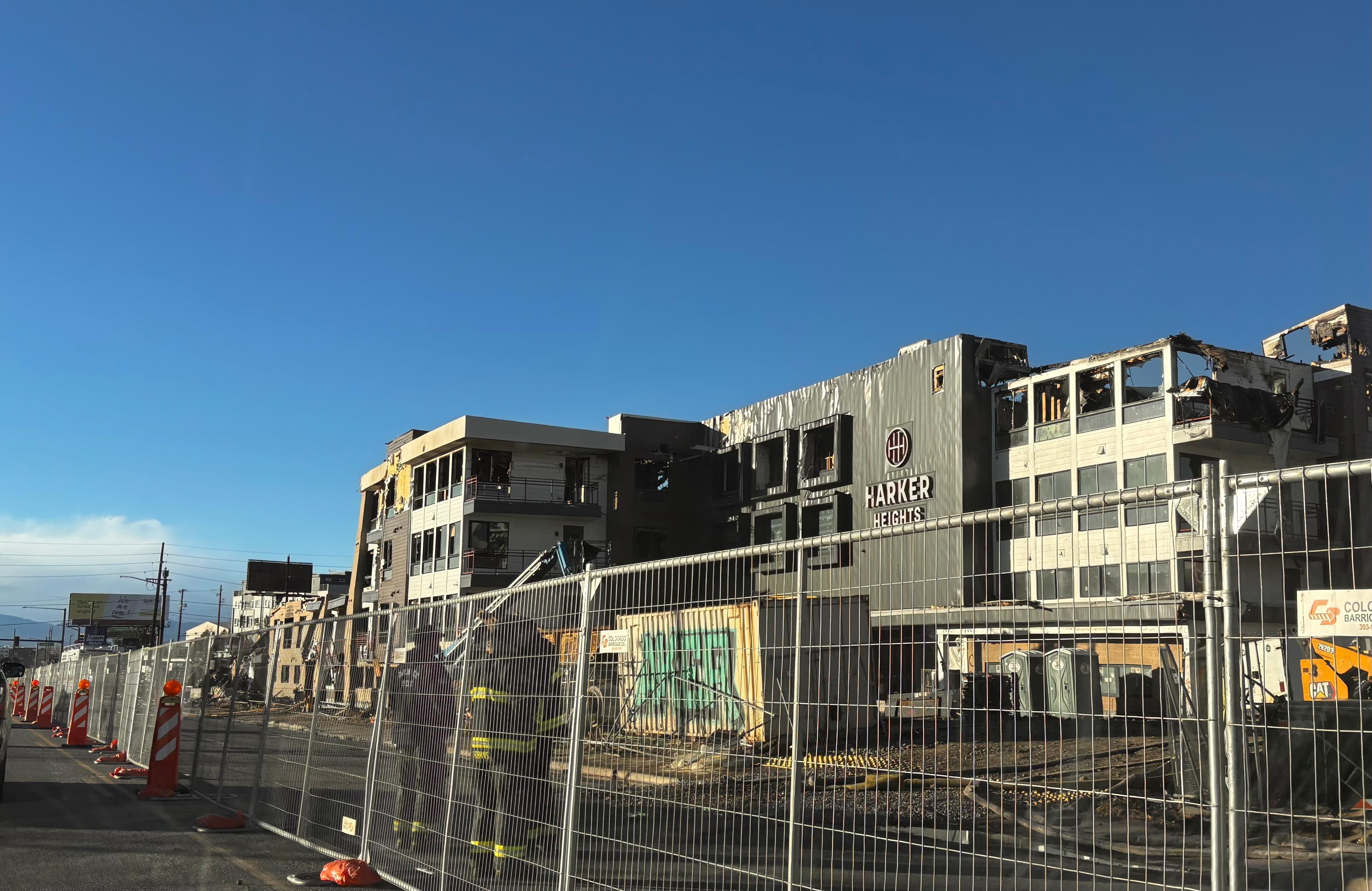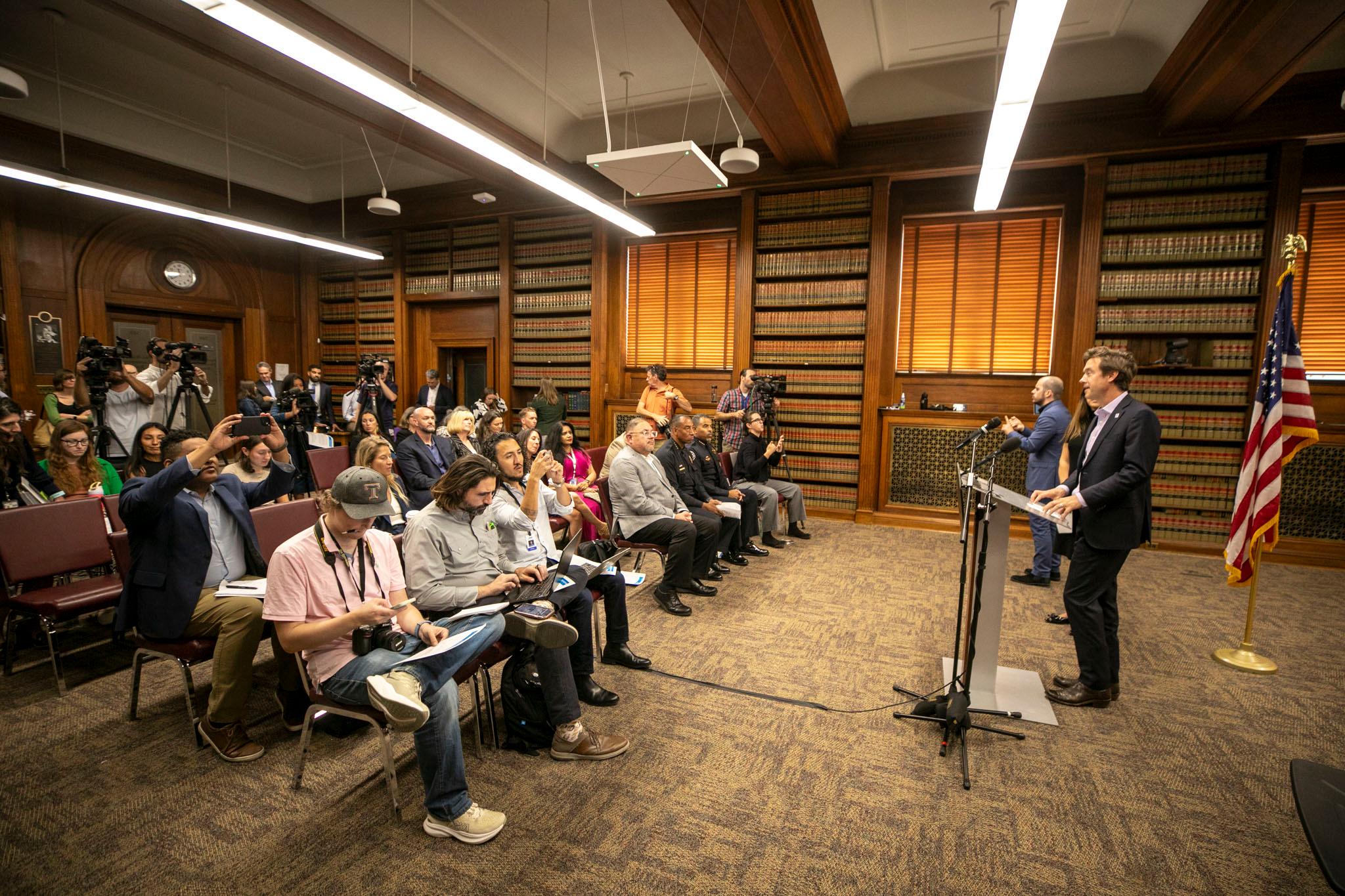Denver Mayor Mike Johnston is considering opening another emergency shelter for newly arrived immigrants — even though the city says it doesn’t currently need an emergency shelter for newly arrived immigrants.
Denver’s possible new shelter, first reported by KDVR, could be in the vacant Remington Elementary School building, at 4735 Pecos Street. That’s in the Sunnyside neighborhood, in a building where the charter school Rocky Mountain Prep Sunnyside was most recently housed before moving to a new site.
Over the past two years, more than 40,000 new immigrants have arrived in the Denver metro. But now, no more than two or three new immigrants are arriving in Denver on any given day — a rate that is more comparable to pre-crisis years, according to Jon Ewing, a spokesperson for the mayor’s office.
City officials described the potential new shelter as a backup plan, in case more immigrants start to come to Denver again.
And so far, few details have emerged. Will the building be purchased from the Denver Public School District? Will it be rented? Will it be donated? Will this even happen? If so, when?
“We haven't made any final determinations,” said Jon Ewing, a spokesperson for Mayor Mike Johnston’s office. “There's no pen to paper, nothing like that.”
Ewing said he couldn’t say if any other sites were under consideration.
The news about the possible school shelter went national.
The New York Post picked the story up, tying it to the presence of the Venezuelan gang Tren de Aragua in Aurora.
The media frenzy over the gang’s presence in several apartment buildings has brought national attention to the metro, where local government officials and nonprofits have scrambled in recent years for answers to the immigration influx.
But at the same time, the number of newly arriving immigrants has fallen sharply, and the city of Denver has eased out of crisis mode
Back in June, the Biden administration radically restricted the number of immigrants who could cross the border each day. Soon after, the influx of new arrivals in Denver stopped. So far, that’s not changed. Meanwhile, after facing budget cuts, the city closed down long-term shelters for immigrants several months ago.
Many people moved from the shelters into apartments with support from nonprofits and community groups. An untold number became homeless. While shelter workers reported higher numbers of new immigrants using their facilities, those shelters don’t track immigration status, and nobody is counting how many new immigrants are experiencing homelessness.
Ewing said he has no reason to believe that a new influx of people is incoming.
“The Biden order is still pretty much the case right at the border,” said Jon Ewing, a spokesperson for the city’s migrant response. “Buses haven't come since June, and if that order isn't lifted, I don't see how there would be that kind of rapid influx of buses.”
The city already owns one building that can be used as emergency shelter for new arrivals, in the industrial part of Sun Valley. That building is currently closed because there’s no demand from new arrivals. But the city is keeping it on standby, and planning for another potential shelter, in case things change, Ewing said.
“We don't have a crystal ball,” Ewing said. “We have to just make the best decisions we can with the information we have.”
He continued: “We're trying to be responsible … And part of that responsibility was moving folks out of shelter and into housing. Part of that responsibility is also just having that plan available.”


